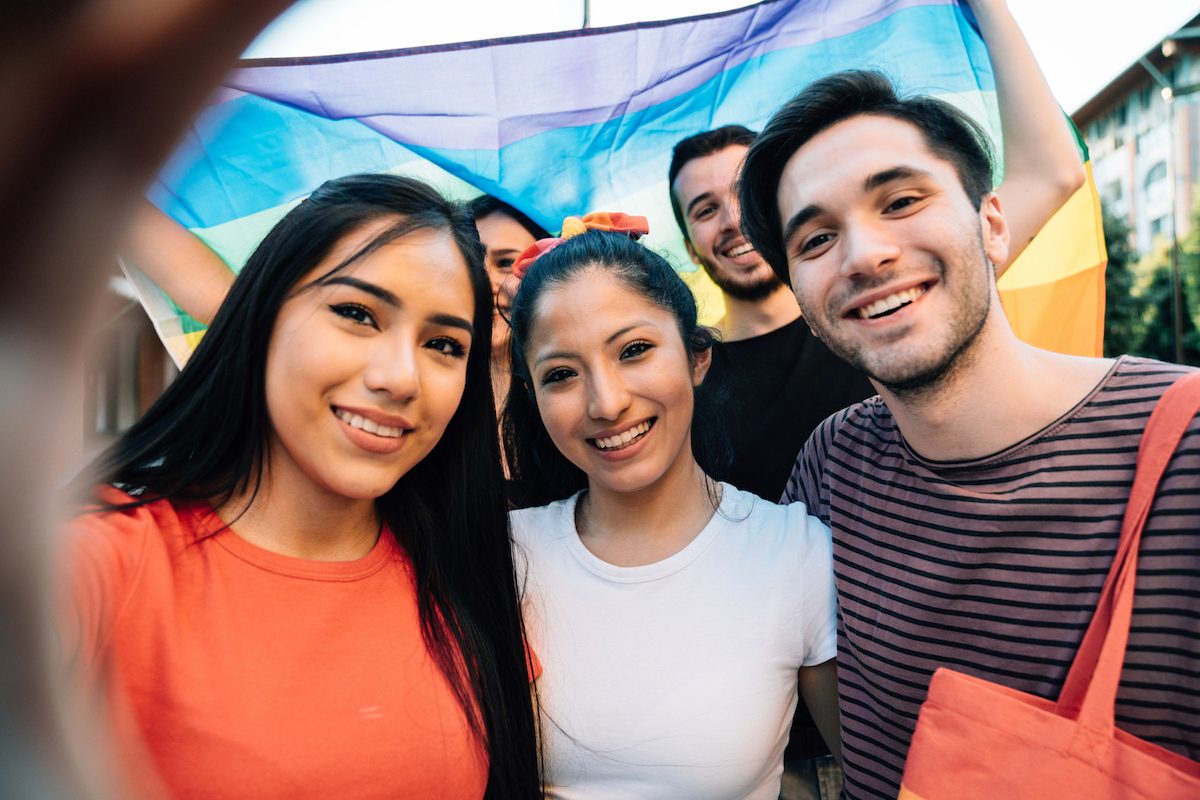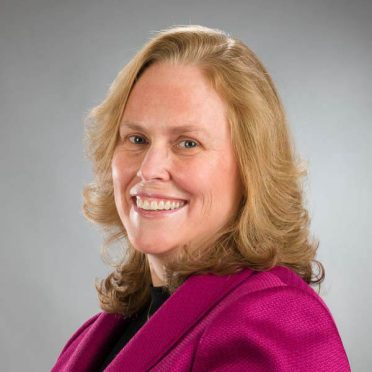More people than ever identify as lesbian, gay, bisexual, transgender or queer (LGBTQ), a sign societal stigmas are relaxing somewhat, especially in younger people.
A new Gallup report reflecting more than 15,000 interviews in 2020 shows a 60 percent increase.
Of those surveyed who identify with one category, the breakdown includes:
- 54.6 percent identify as bisexual.
- 24.5 percent as gay.
- 11.7 percent as lesbian.
- 11.3 percent as transgender.
- 3.3 percent used another term, such as queer, to describe their identity.
“It’s great to see our observations are confirmed” said Dr. Laura Saunders, clinical coordinator of The Right Track/LGBTQ Specialty Track in Young Adult Services at the Institute of Living (IOL), part of the Hartford HealthCare Behavioral Health Network.
The numbers reflect a particular increase in younger adults: nearly 16 percent of Generation Z, ages 18 to 23 in 2020, self-described as something other than heterosexual, compared with just 2 percent in people ages 56 and older.
“Younger people feel freer to express themselves, don’t feel tied into a sexual orientation binary and, most importantly, are more open to identify themselves with less fear and judgment,” Dr. Saunders said. “Younger generations are less bound by the stigma and stereotypes of older generations.”
Comparing responses from Gen Z and millennials, age 24 to 39 in 2020, Gallup researchers noted even sharper generational differences. For example, nearly two thirds of Gen Z adults identifying as LGBTQ said they are bisexual compared to just half of millennials.
Such evolution has been slow but welcome, noted Dr. Derek Fenwick, also a clinical psychologist with Right Track/LGBTQ Specialty Track.
“The world today, although advancing, is still viewed as binary related to gender and sexual orientation. Invalidation comes when one does not fit within that binary relative to their self-identified identity,” he said. “Sex assigned at birth, with the assumption that one is either male or female, is not accurate.”
The result for these people can be shame and mental anguish, and Dr. Fenwick said research shows increased depression and suicide among LGBTQ teens. At the IOL, several programs – including a new one called Support, Affirmation, Guidance and Empowerment (SAGE) for gender non-conforming teens ages 13 to 17 – can help them create important connections with others like themselves and overcome any stigma and shame.
“The biggest things one can do are increase connections to, hopefully, reduce isolation, and seek support from family, friends and professionals for identity validation,” Dr. Fenwick said. “Connection is essential, especially for LGBTQ individuals who may feel they do not fit in.”
Both SAGE and The Right Track are outpatient programs focused on the unique needs of young LGBTQ who are at greater risk of psychosocial stressors, adjustment difficulties, negative coping and family rejection, in addition to co-occurring mental health challenges. The Right Track targets ages 16 to 24, with participants connecting via monthly support groups after more intense treatment.



